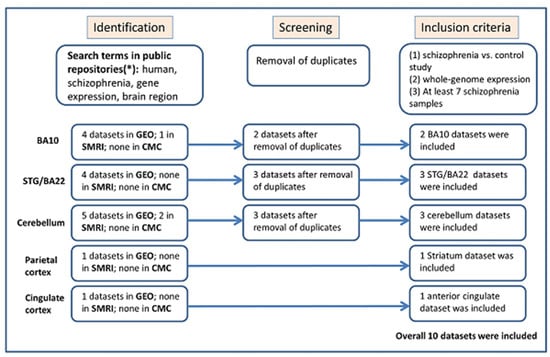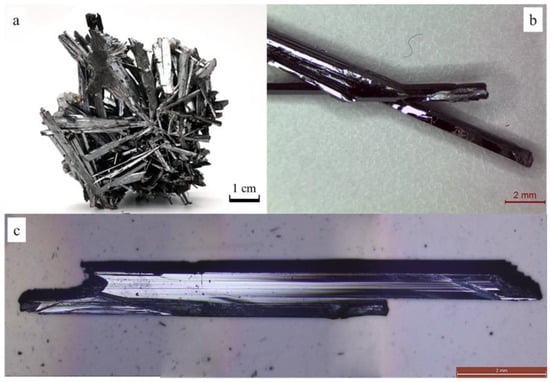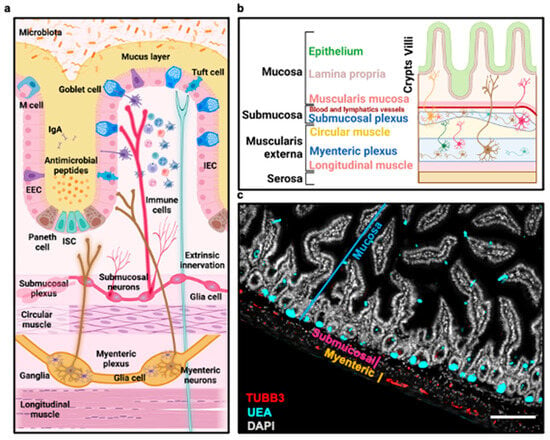Flavonoids and stilbenoids, crucial secondary metabolites abundant in plants and fungi, display diverse biological and pharmaceutical activities, including potent antioxidant, anti-inflammatory, and antimicrobial effects. However, conventional production methods, such as chemical synthesis and plant extraction, face challenges in sustainability and yield. Hence, there
[...] Read more.
Flavonoids and stilbenoids, crucial secondary metabolites abundant in plants and fungi, display diverse biological and pharmaceutical activities, including potent antioxidant, anti-inflammatory, and antimicrobial effects. However, conventional production methods, such as chemical synthesis and plant extraction, face challenges in sustainability and yield. Hence, there is a notable shift towards biological production using microorganisms like
Escherichia coli and yeast. Yet, the drawbacks of using
E. coli and yeast as hosts for these compounds persist. For instance, yeast’s complex glycosylation profile can lead to intricate protein production scenarios, including hyperglycosylation issues. Consequently,
Corynebacterium glutamicum emerges as a promising alternative, given its adaptability and recent advances in metabolic engineering. Although extensively used in biotechnological applications, the potential production of flavonoid and stilbenoid in engineered
C. glutamicum remains largely untapped compared to
E. coli. This review explores the potential of metabolic engineering in
C. glutamicum for biosynthesis, highlighting its versatility as a cell factory and assessing optimization strategies for these pathways. Additionally, various metabolic engineering methods, including genomic editing and biosensors, and cofactor regeneration are evaluated, with a focus on
C. glutamicum. Through comprehensive discussion, the review offers insights into future perspectives in production, aiding researchers and industry professionals in the field.
Full article
 IJMS
IMPACT
IJMS
IMPACT Applied Sciences
IMPACT
Applied Sciences
IMPACT Sustainability
IMPACT
Sustainability
IMPACT Sensors
IMPACT
Sensors
IMPACT JCM
IMPACT
JCM
IMPACT Materials
IMPACT
Materials
IMPACT Molecules
IMPACT
Molecules
IMPACT Energies
IMPACT
Energies
IMPACT Electronics
IMPACT
Electronics
IMPACT Remote Sensing
IMPACT
Remote Sensing
IMPACT Cancers
IMPACT
Cancers
IMPACT Nutrients
IMPACT
Nutrients
IMPACT Mathematics
IMPACT
Mathematics
IMPACT Foods
IMPACT
Foods
IMPACT Buildings
IMPACT
Buildings
IMPACT Polymers
IMPACT
Polymers
IMPACT Animals
IMPACT
Animals
IMPACT Water
IMPACT
Water
IMPACT Plants
IMPACT
Plants
IMPACT Agronomy
IMPACT
Agronomy
IMPACT Biomedicines
IMPACT
Biomedicines
IMPACT Processes
IMPACT
Processes
IMPACT Microorganisms
IMPACT
Microorganisms
IMPACT Diagnostics
IMPACT
Diagnostics
IMPACT Nanomaterials
IMPACT
Nanomaterials
IMPACT Viruses
IMPACT
Viruses
IMPACT Medicina
IMPACT
Medicina
IMPACT Healthcare
IMPACT
Healthcare
IMPACT Cells
IMPACT
Cells
IMPACT Forests
IMPACT
Forests
IMPACT Agriculture
IMPACT
Agriculture
IMPACT Land
IMPACT
Land
IMPACT JMSE
IMPACT
JMSE
IMPACT IJERPH
IJERPH
 Symmetry
IMPACT
Symmetry
IMPACT Genes
IMPACT
Genes
IMPACT Pharmaceutics
IMPACT
Pharmaceutics
IMPACT Coatings
IMPACT
Coatings
IMPACT Micromachines
IMPACT
Micromachines
IMPACT Pharmaceuticals
IMPACT
Pharmaceuticals
IMPACT Atmosphere
IMPACT
Atmosphere
IMPACT Children
IMPACT
Children
IMPACT Religions
IMPACT
Religions
IMPACT Antioxidants
IMPACT
Antioxidants
IMPACT Life
IMPACT
Life
IMPACT Metals
IMPACT
Metals
IMPACT Biomolecules
IMPACT
Biomolecules
IMPACT Vaccines
IMPACT
Vaccines
IMPACT Education Sciences
IMPACT
Education Sciences
IMPACT Minerals
IMPACT
Minerals
IMPACT Horticulturae
IMPACT
Horticulturae
IMPACT Brain Sciences
IMPACT
Brain Sciences
IMPACT JPM
IMPACT
JPM
IMPACT Bioengineering
IMPACT
Bioengineering
IMPACT



















